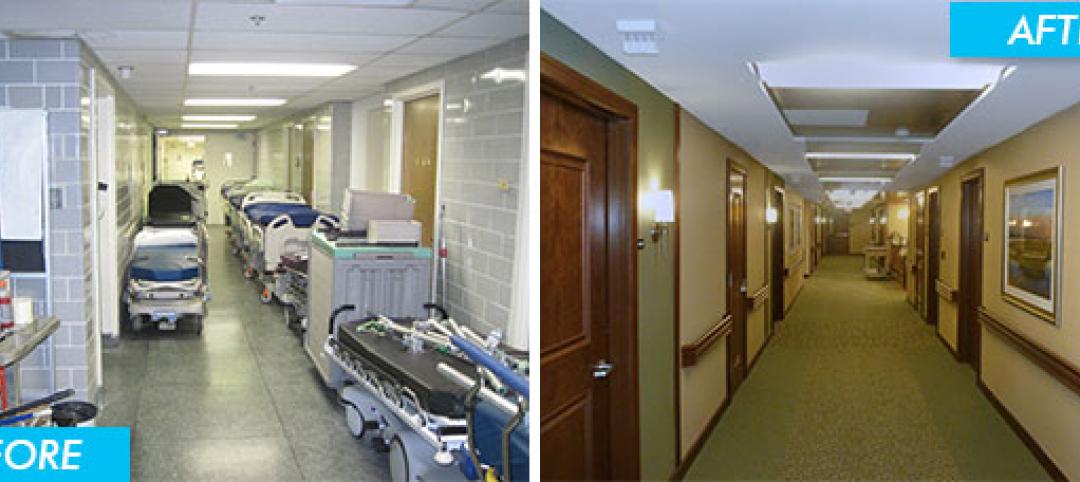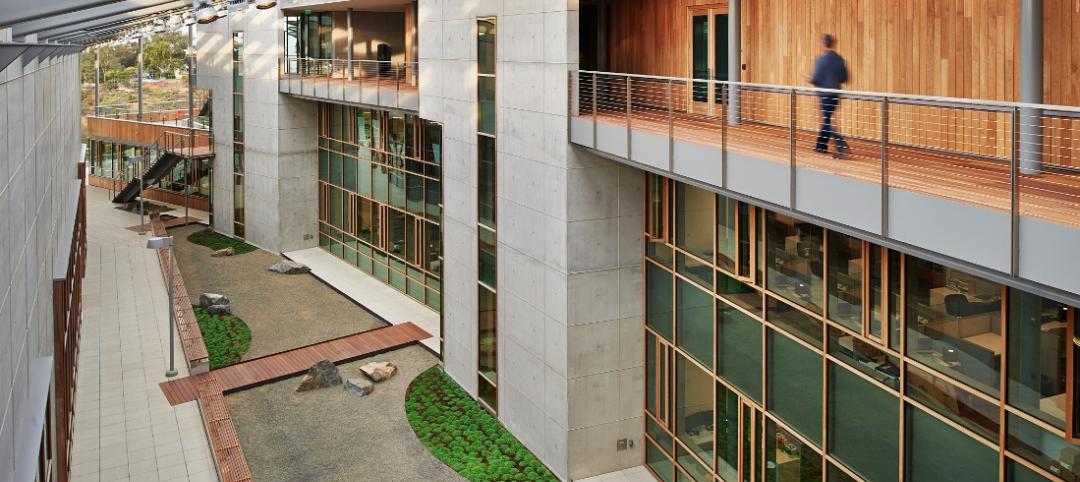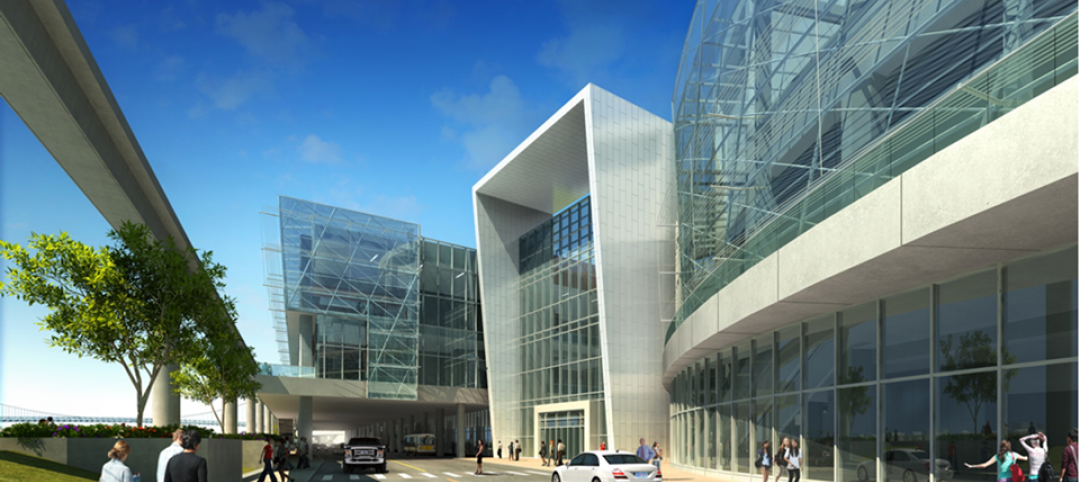The conveyance industry has come a long way since the country’s first passenger elevator was installed in a New York City store, back in 1856, by Elisha Otis. Today, we ride up and down an estimated 900,000 elevators in the United States, collectively making 18 billion passenger trips per year, according to the National Elevator Industry.
Growth in escalators and moving walkways, which debuted at the World’s Columbian Exposition of 1893 in Chicago, can double that figure in certain markets, such as airports. But that is not the only new development in the world of vertical transport.
After reading this article, you should be able to:
? Describe the benefits of new technology solutions for building vertical transportation systems in terms of energy efficiency, safety, and spatial flexibility.
? Discuss the applications of such energy-saving systems as machine-roomless elevators, double-decker and twin elevators, and destination-based controls.
? List several green building techniques and initiatives related to vertical conveyance systems.
? Explain how new codes affect elevator and escalator designs, and cite two or more examples of specific codes affecting their application, particularly with regard to sustainability.
To earn 1.0 AIA/CES Discovery HSW/SD learning units, complete the reading and take the 10-question exam.
Related Stories
| Aug 25, 2014
An easy trick for minimizing construction delays
About one out of every three construction projects is behind schedule or over budget, according to the Construction Industry Institute's Assessment of Owner Project Management Practices and Performance survey. SPONSORED CONTENT
| Aug 22, 2014
Before & After: Hospital upgrade shows shifting needs in healthcare construction
Community Hospice of Northeast Florida took an outdated 10-bed inpatient hospice unit and created a space that would meet the needs of patients receiving end of life care by creating a place that felt like home.
| Aug 22, 2014
Spireworks app lets users control a piece of the New York skyline
Mark Domino, the son-in-law of developer Douglas Durst, has developed an app, called Spireworks, that allows anyone with a smartphone to change the color of a building's lights.
| Aug 21, 2014
Ranked: Top science and technology sector AEC firms [2014 Giants 300 Report]
HDR, Affiliated Engineers, and Skanska top BD+C's rankings of the nation's largest S+T sector design and construction firms.
| Aug 21, 2014
Ranked: Top convention center AEC firms [2014 Giants 300 Report]
Gensler, AECOM, and Hunt Construction top BD+C's rankings of the nation's largest convention center design and construction firms.
| Aug 21, 2014
Apartment construction hits 25-year high
The boost to apartment construction suggests that job gains are encouraging the creation of households.
| Aug 21, 2014
Strategies for providing great customer service
Customers are inherently inefficient and inconvenient to do business with, writes Customer Service Consultant Micah Solomon, in a recent Forbes post. That’s why he believes great customer service depends on understanding this. SPONSORED CONTENT
Sponsored | | Aug 21, 2014
Defining the measure of success when implementing new technologies
Sasha Reed and Chad Dorgan, McCarthy Building Cos.’s Vice President of Quality and Sustainability, discuss the keys to managing innovation within a large construction firm. SPONSORED CONTENT
| Aug 21, 2014
RTKL's parent company Arcadis acquires Callison
The acquisition of Callison, known predominantly for its leadership in retail and mixed-use design, builds on Arcadis’ strong global design and architecture position, currently provided by RTKL.
| Aug 21, 2014
Must See: Detroit's Beaux-Arts parking garage
An opulent Renaissance Revival building in downtown Detroit is being used as a parking garage.
















